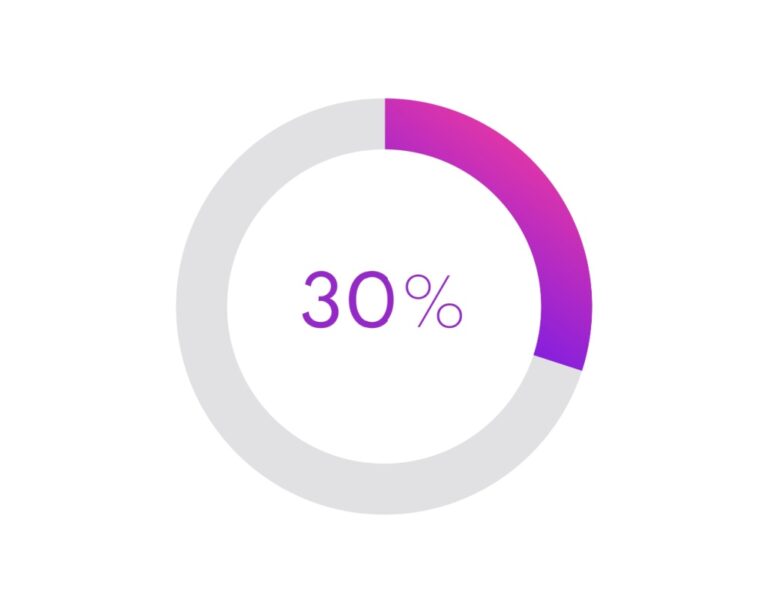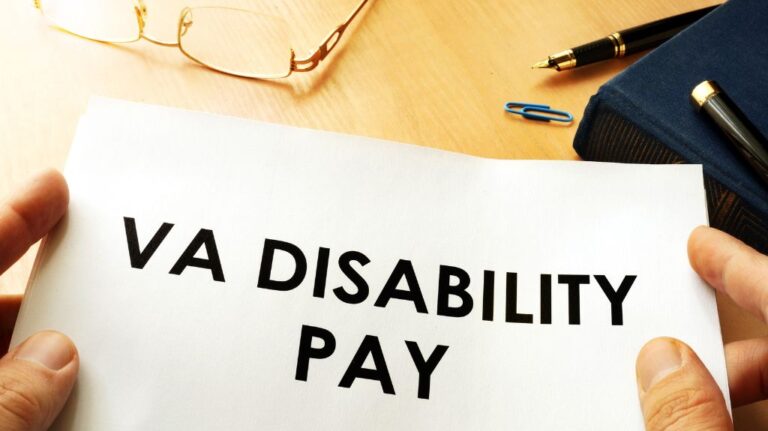What is the VA 55-Year Rule?
The Department of Veterans Affairs (VA) implements a range of policies aimed at determining and monitoring the severity of service-connected disabilities among veterans. These regulations serve the dual purpose of adjusting disability ratings and safeguarding existing ratings through a classification known as a “protected rating.” Among these regulations is the “55 Years Old” rule, a subset used by the VA to assess the likelihood of a veteran’s condition improving or worsening over time.
The VA 55-Year Rule – What is It?
Contrary to a common misconception, the 55 Years Old Rule doesn’t preclude veterans aged 55 or older from applying for VA benefits. Instead, it operates as a protective measure, shielding an existing disability rating from potential reductions in the future.

Understanding the concept of a protected rating requires a comparison with an unprotected rating. In cases where a veteran’s service-connected condition is anticipated to improve or worsen, the VA schedules periodic Compensation and Pension (C&P) examinations to reassess the level of impairment. For instance, in the case of a cancer diagnosis, a veteran undergoing active treatment might receive a 100% disability rating. If the cancer goes into remission, the VA may reduce the rating based on residual effects, potentially down to 0%.
The essence of the 55 Years Old Rule lies in exempting veterans aged 55 and older from such periodic C&P examinations and protects their current disability ratings from reduction. Some exceptions exist, such as in the case of cancer diagnosed after the age of 55, where the standard course of periodic exams still applies to evaluate treatment effects. However, in most cases, disability ratings are safeguarded from reduction.
A disability rating can be designated as protected before reaching the age of 55 through various rules, including:
- Permanent Ratings: Disabilities classified as permanent, such as blindness, loss of a limb, specific disorders, or degenerative conditions, enjoy inherent protection before reaching the age of 55.
- Stabilized Ratings (5 Year Rule): If a disability remains unchanged over a 5-year period, it achieves a stabilized status. Post this period, the VA is prohibited from reducing or revoking the rating based on a single Compensation and Pension (C&P) exam and must furnish evidence of sustained improvement.
- 10 Year Rule: This rule prevents the complete revocation of a rating for a condition held for a continuous 10-year period, though reductions based on evidence from C&P exams remain a possibility.
- 100% Total Ratings (including TDIU): Ratings, including those for Total Disability Individual Unemployability (TDIU), are susceptible to review and potential reduction if evidence suggests improvement in a veteran’s condition and work capacity.
- Continuous Ratings (20 Year Rule): A condition that remains consistent for 20 years is deemed continuous, barring the VA from revoking or reducing the rating below the initially assigned level.
These rules collectively establish a framework for safeguarding veterans’ disability ratings, providing a measure of security and stability in their compensation.
The VA Approvals Process
Getting approved for VA benefits involves a systematic process. Veterans must submit a comprehensive application that includes details about their military service, medical conditions, and any relevant supporting documentation. The key is providing clear and thorough evidence of service-connected disabilities. A crucial step is undergoing a Compensation and Pension (C&P) examination, where a VA healthcare professional evaluates the claimed disabilities. It’s vital to be patient, as the approval process may take time. Seeking assistance from Veterans Service Organizations or legal representatives can enhance the chances of success by navigating the complexities of the application and appeals process.
If you need help applying for benefits – or have already been denied – having an attorney could increase your chances of ultimately being approved for benefits. Our team is available to discuss your case today.






